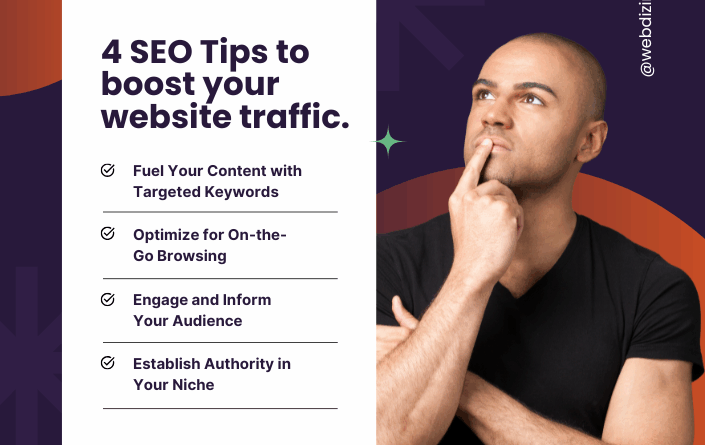Local SEO in the AI Age
How Local SEO Drives Rankings in the AI Search Era: A 2025 Expert Guide
Local SEO is no longer just about ranking in Google’s map pack or organic listings. In 2025, effective local SEO is the backbone for achieving visibility in AI-powered search experiences and AI overviews. As search engines integrate generative AI, local businesses that master local SEO are uniquely positioned to win both traditional and AI-driven traffic.
Why Local SEO Remains Essential in the Age of AI
AI overviews and search assistants (like Google’s SGE, ChatGPT, and Perplexity) increasingly summarize answers for users, often citing authoritative local sources. Local SEO ensures your business is discoverable by:
- Optimizing Google Business Profile (GBP) for accuracy and keyword density
- Building consistent NAP citations (Name, Address, Phone)
- Earning positive reviews and local backlinks
- Creating location-specific, informational content
These fundamentals are now critical signals for AI to reference your business in its summaries and recommendations.
How AI Uses Local SEO Signals
AI platforms aggregate data from Google, Yelp, TripAdvisor, and directories. They prioritize:
- Profile completeness on GBP and directories
- Consistency across all platforms (NAP, services, hours)
- Volume and sentiment of reviews
- Structured data (schema markup) on your website
- Location-based and informational content that answers real user questions
Pro Tip: AI overviews cite GBP and trusted directories more often than individual websites. Optimizing these assets increases your chances of being mentioned in AI-generated answers.
Actionable Steps to Optimize Local SEO for AI Rankings
1. Target Local and Informational Keywords
- Use city/service combos (e.g., “Orlando pool cleaning”)
- Add FAQ and blog content answering common questions (e.g., “How often should I clean my pool in Florida?”)
- Ensure 2% keyword density for primary terms
2. Enhance Your Google Business Profile
- Fill every field: description, services, hours, photos
- Use keywords naturally in your GBP description
- Encourage customers to mention your service and city in reviews
3. Build and Audit NAP Citations
- List your business in all major directories (Yelp, Bing, Apple Maps, niche sites)
- Use tools to audit and correct NAP inconsistencies
- Ensure your website matches your directory listings
4. Generate and Manage Reviews
- Proactively request reviews after each service
- Respond to all reviews (positive and negative)
- Highlight location and service in responses for keyword relevance
5. Create Locally-Optimized Content
- Develop unique landing pages for each city/service
- Use schema markup (LocalBusiness) for every location
- Embed Google Maps on contact/location pages
- Write blog posts targeting informational/”why” queries
6. Build Local Backlinks
- Partner with local organizations, charities, and chambers of commerce
- Sponsor events for high-quality local links
- Submit guest posts to local blogs or news outlets
7. Monitor AI and Traditional Rankings
- Track inclusion in AI overviews for core queries
- Use Google Search Console, GBP Insights, and AI visibility tools
- Adjust strategies based on where your business appears
Why This Matters for 2025 and Beyond
AI-driven search is here to stay. Local SEO is your bridge to being referenced in AI overviews, voice assistants, and new search platforms. Businesses with robust local SEO are resilient to algorithm changes and gain exposure across all search touchpoints.
Key takeaway: Invest in local SEO not just for Google rankings, but to secure visibility in the AI search landscape. Optimize GBP, build citations, collect reviews, and create local content—these efforts help your business stand out in both classic and AI-powered search.
